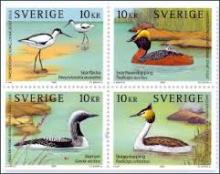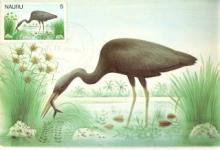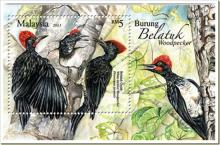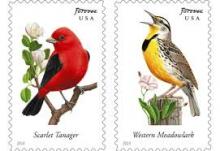Wildbirds are on the decline in Everglades National Park in South Florida
Although the Everglades National Park is no longer subject to hunting, the unnatural distribution and quality of water has contributed to the decline of several bird species devaluing the park’s association with 350 different species of feathered creatures. “While a few species seem to be rebounding, others, such as the roseate spoonbill, are continuing their downward spiral,” said Larry Perez, a member of the South Florida Natural Resources Center’s Science Communications Outreach, the largest science center of the National Park Service.The most drastic and recent drop of all is that of the roseate spoonbill (Platalea ajaja). With the worst drop in breeding season in Florida Bay in over 40 years, the species is disappearing. Florida Bay takes up one-third of the Everglades. As wading birds, like the popular ibis of the Everglades, these animals have long legs for wading in the water to catch their fish. In the shallow water, the spoonbill lowers its partially opened bill and snaps it shut once a small fish or source of food has triggered its sensitivity. Fish are no longer concentrated in small shallow pools, leaving the spoonbills and other wading birds hungry and fending for survival.










